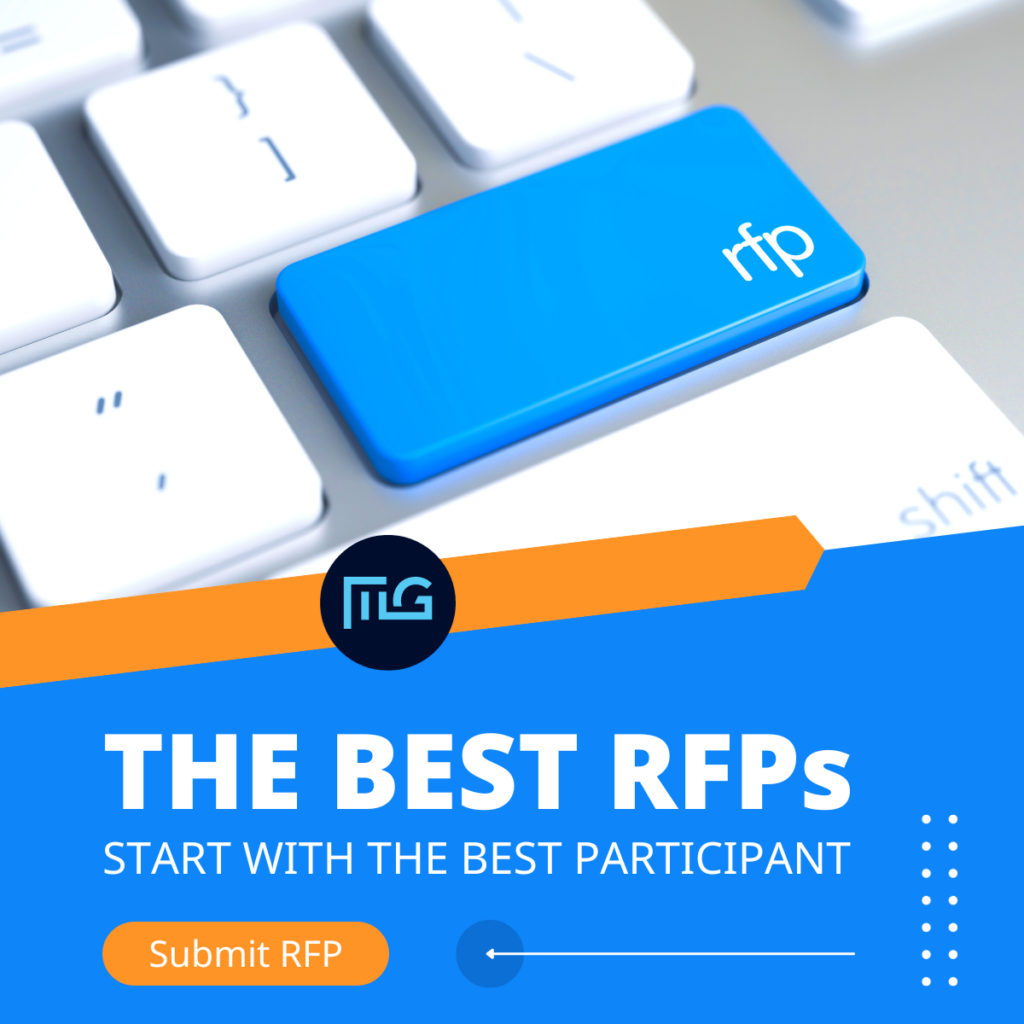Ocean freight transportation moves cargo through the sea, typically in ocean shipping containers loaded onto vessels, often with freight movements managed by an NVOCC.
What is Ocean Freight?
The global cargo shipping market is projected to grow from 11.09 billion tons in 2021 to 13.19 billion tons in 2028 at a CAGR of 2.5% in the forecast period, according to Fortune Business Insights.
Benefits of Ocean Freight Shipping
An ocean shipment provides benefits like these:
- Cost-effectiveness: An ocean shipment moves vast quantities of goods, significantly reducing the per-unit shipping cost for large shipments.
- Eco-friendly: Ocean freight has a smaller carbon footprint per unit of cargo transported than air freight, making it a more sustainable choice.
- Versatility: From perishable goods to hazardous materials and oversized items, an ocean shipment accommodates a wide variety of cargo types.
- Scalability: Regardless of the business scale, from small companies to large corporations, ocean freight transports a massive volume of goods effectively.
Factors That Determine Ocean Freight Rates
A few factors influence ocean freight rates:
- Distance: The cost increases with the distance between the origin and destination.
- Volume and Weight: Freight rates depend on the size of the container or the weight of the shipment.
- Type of Goods: Shipping special goods, such as hazardous materials or refrigerated items, may require additional costs due to the special handling and equipment needed.
- Supply and Demand: The balance of available shipping space (supply) and freight being shipped (demand) can affect freight rates.
What is Ocean Freight Visibility or Tracking?
Top Challenges of Ocean Freight Tracking
A lack of visibility creates significant challenges, such as:
- Frequent exceptions and other disruptions.
- Fees, surcharges, and other additional expenses.
- Inability to access shipping capacity.
- Payment delays.
- Wasted resources.
- Inefficient operations.
- Poor communication within the supply chain.
- Reduced customer satisfaction and retention.
Discover the potential of enhanced shipment and order visibility for your business
What are the Benefits of Improved Ocean Freight Visibility?
Creating better visibility helps manage common challenges and provides benefits like these:
- Enhanced Planning and Decision Making: Collect real-time data on the status and location of shipments to make strategic decisions, such as inventory management and product allocation, and for contingencies.
- Improved Customer Service: Provide accurate and timely updates to customers on shipment status and expected delivery times, which improves customer satisfaction, builds trust, and enhances customer experience.
- Reduced Costs: Identify bottlenecks or delays in the supply chain through real-time tracking information, allowing for timely corrective action to minimize detention charge risk and avoid unnecessary fees.
- Increased Efficiency: Optimize supply chain operations through streamlined scheduling and logistics processes, and reducing unnecessary inventory.
- Risk Mitigation: Monitor the condition and location of cargo throughout the journey to identify potential risks or issues early on and then take necessary action to mitigate them, particularly for sensitive or high-value cargo.
- Improved Supplier and Carrier Management: Gain clarity on the performance of carriers and suppliers, which improves relationships and negotiations and helps ensure better service and reliability.
- Sustainability: Identify potential areas to reduce carbon emissions and waste, making operations more sustainable and addressing the emphasis of customers and regulatory bodies on environmental responsibility.
The Role of Freight Forwarding for Better Ocean Visibility & Tracking
What is ocean freight forwarding?
Freight forwarders work as intermediaries to negotiate the best prices, choose the most reliable routes, and coordinate the entire shipping process related to an ocean shipment.
Modern freight forwarders:
- Manage relationships with multiple carriers and consolidate disparate information into one comprehensive system.
- Leverage advanced technology and software solutions to provide real-time tracking of shipments.
- Manage and seamlessly coordinate all logistical details of a shipment, from customs documentation to warehousing and final delivery.
- Help businesses navigate complex customs processes and manage necessary documentation.
- Offer insurance services and risk management advice, helping businesses protect cargo from loss or damage.
- Integrate services with logistics platforms like MercuryGate, offering businesses a centralized hub to manage, track, and optimize freight shipments.
How to Track Ocean Freight More Effectively
MercuryGate’s Shipment and Order Visibility solution includes features that support ocean visibility, including:
- Multimodal Visibility: Gain comprehensive multimodal visibility with detailed cargo data for the vessel, container, order, and item levels, enabling strategic planning and operations.
- Structured and Standardized Data: Collect data from different sources across a fragmented supply chain network and standardize it for usefulness and accessibility.
- Centralized Visibility: View the entire shipment lifecycle across ocean, air, rail, drayage, and trucking modes through a single hub.
- Integrated Logistics Processes: Integrate MercuryGate with existing logistics platforms and networks without major changes to operations.
- Unified Supply Chain Information: Access real-time ocean freight tracking information, set up push alerts, and automate data export using API to ERP to help all supply chain parties coordinate.
- Efficient Scaling: Scale operations without a linear increase in resources.
- Geo-Map Shipments: Gain real-time location data of an ocean shipment, with details like current location and number of shipments, estimated arrival to port, status, and speed.
- Item-Level Tracking: Query an item or SKU and use the Vessel Ledger filter to identify a particular product’s vessel and container location, improving delivery estimates.
- Detention Charge Management: Use the Operations Dashboard to identify an ocean shipment at risk of incurring detention charges.

